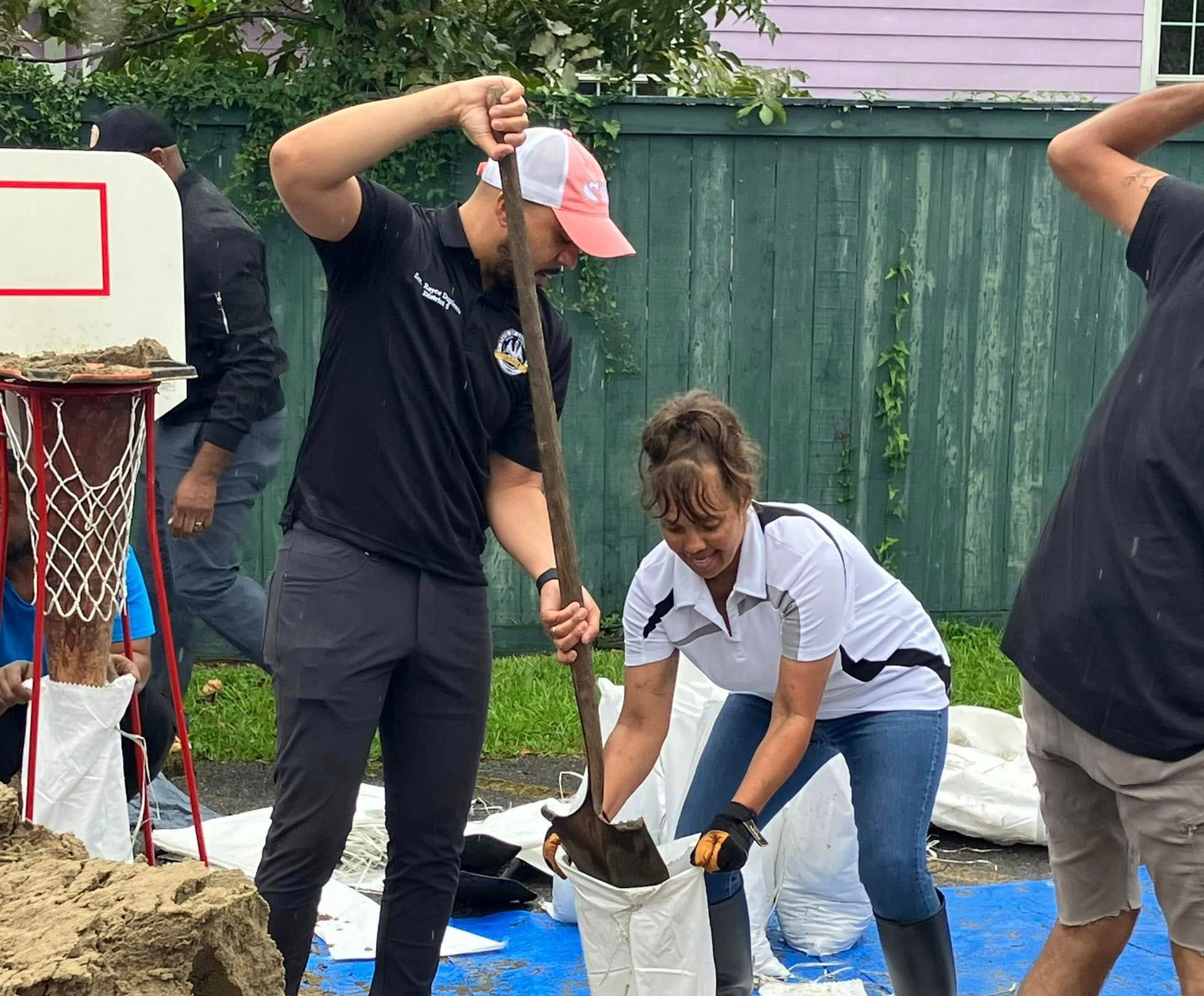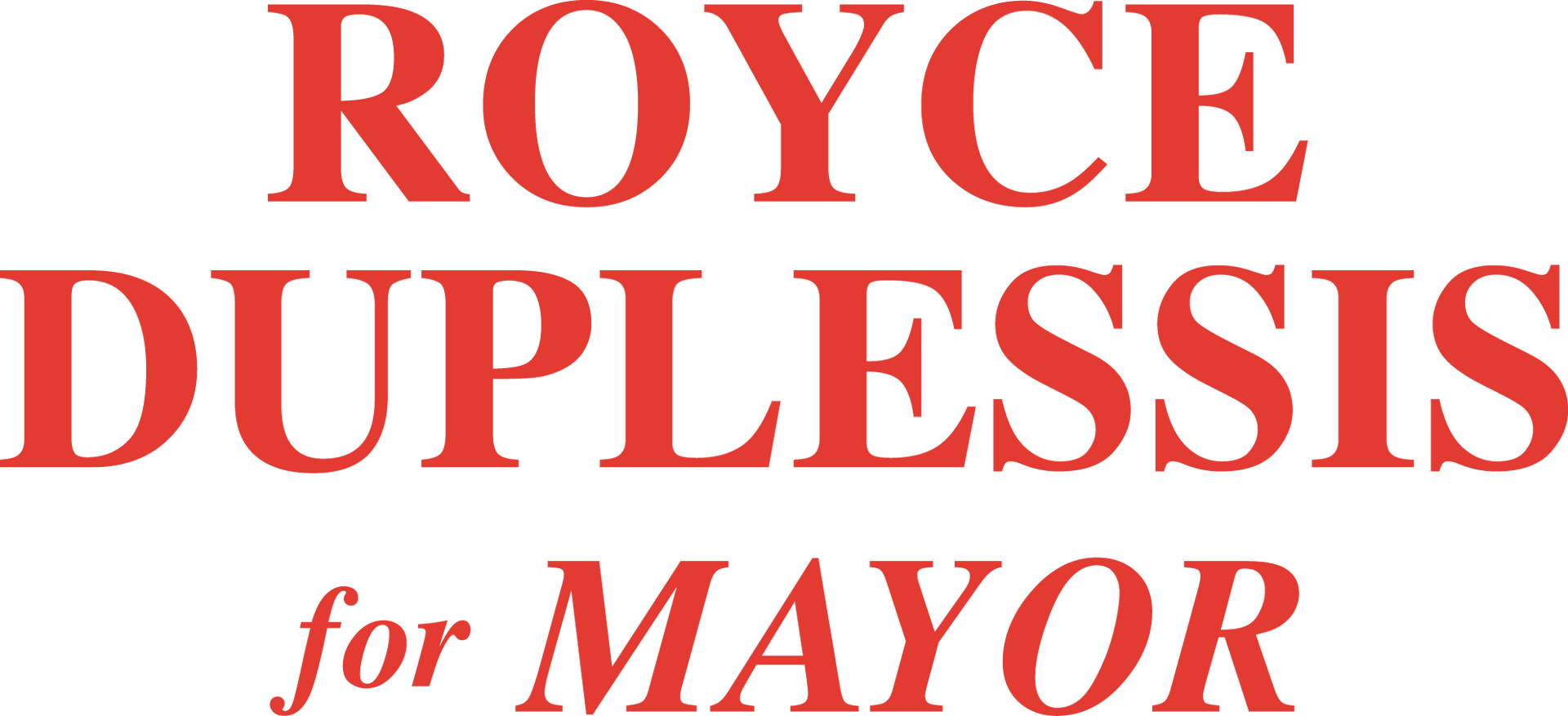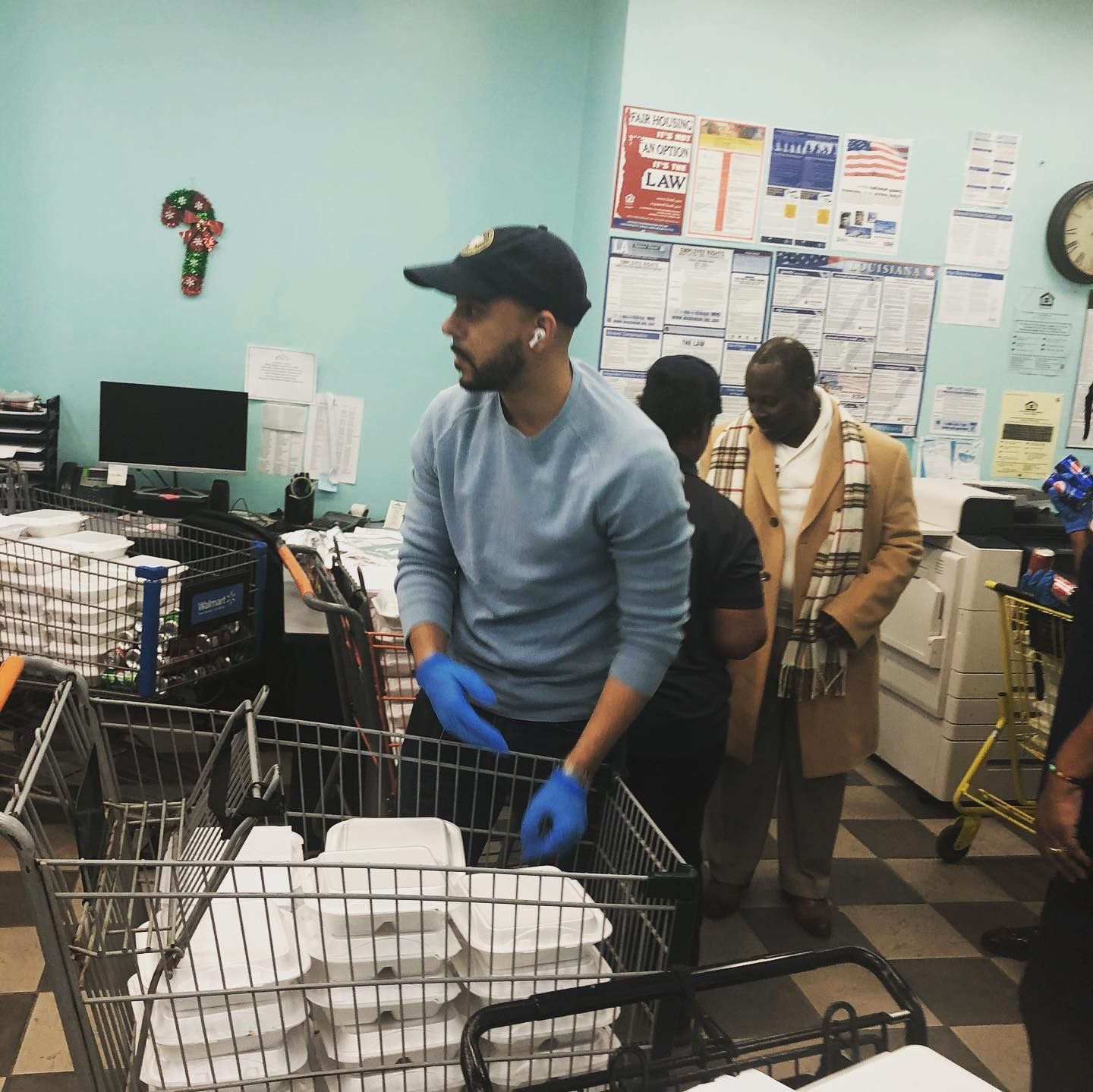Resilience
New Orleans PREPARES
Royce Understands:

- Most of New Orleans lies below sea level and/or depends on levees and pumps to stay dry. As climate change intensifies rainfall, even short storms can overwhelm the system.
- Cracked streets, broken storm drains, and aging pipes leave parts of New Orleans, especially low-income ones, exposed to avoidable flooding and service failures.
- Fortified roofs play an important role in reducing risk and potentially reducing roof damage from major storms by up to 70%.
- New Orleans consistently ranks among the top tier of U.S. cities for total rainfall, which, combined with its below-sea-level geography, makes it especially vulnerable to flooding. Drainage and pumping alone will not protect our community for flooding.
- Green infrastructure can meaningfully mitigate the impacts of heavy rain. Projects like rain gardens, bioswales, and permeable streets are underutilized, but could dramatically ease pressure on pipes and pumps if scaled equitably.

Royce Will:
- Work to install fortified roofs on 25% of the homes in New Orleans to reduce the risk of storm damage and bring property insurance rates down for everyone. This policy builds on Royce’s leadership, expanding Louisiana’s fortified roof program statewide.
- Collaborate with lenders and partners to make it more affordable for residents to finance upgrades that protect their homes, like fortified roofs, better gutters, permeable pavement, and rainwater systems.
- Turn vacant lots and neutral grounds into sponge infrastructure to build bioswales, permeable pavement, and rain gardens in flood-prone neighborhoods.
- Eliminate the infrastructure repair backlog by using technology to establishing a transparent public works dashboard and retooling the capital planning process to prioritize urgent, community-informed repairs.
- Partner with organizations like Thrive to build a Home Resilience Corps that trains and hires local residents, especially young adults, to repair, weatherize, and fortify homes in low-income neighborhoods.
- Ensure our residents understand their Flood Risk and how to lower insurance costs by informing them and connecting them to state and federal programs that enhance property resilience.
- Act as a resilience partner, not a passive bystander, by coordinating across departments and making sure every city dollar supports climate-smart growth.




